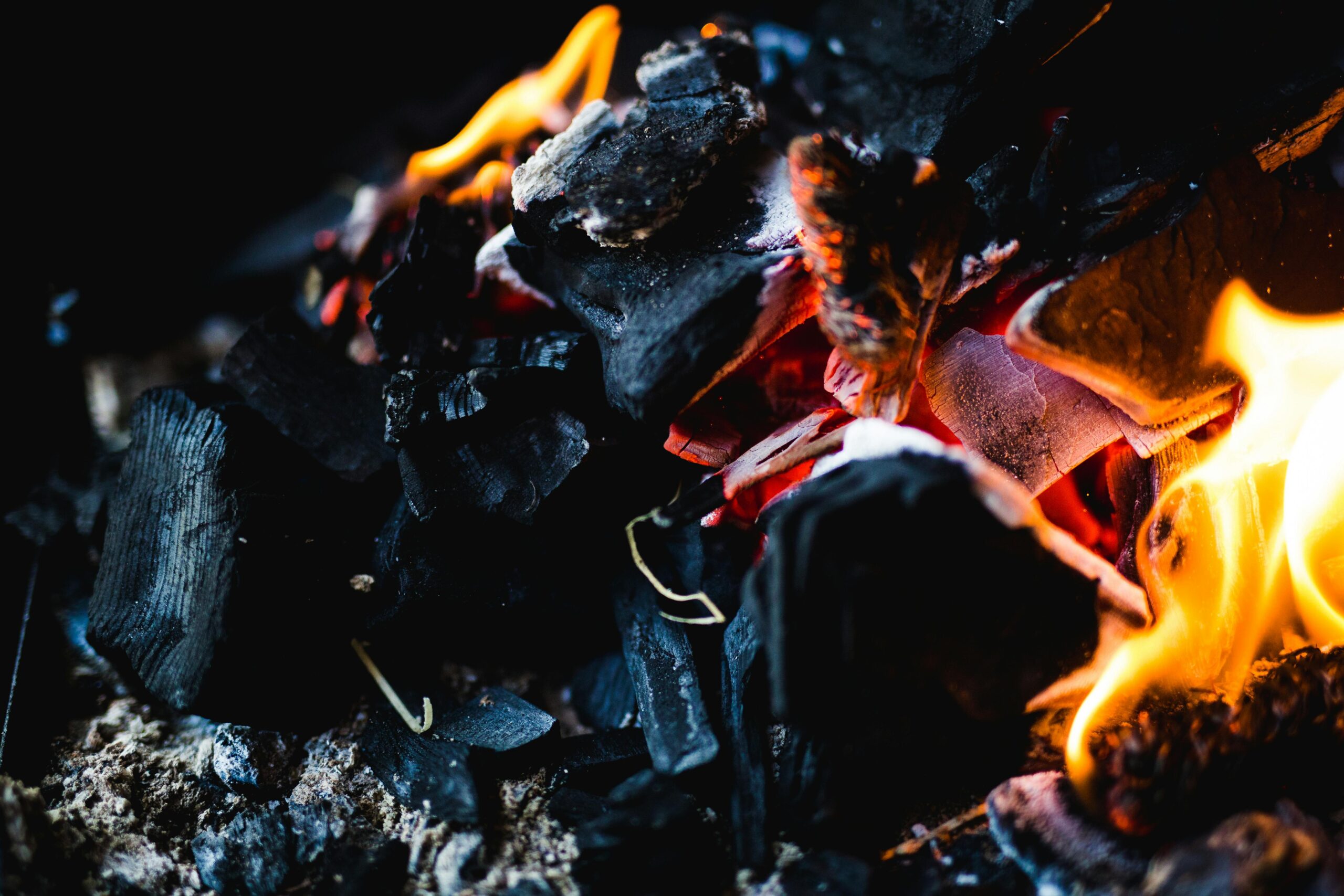Creating a Cozy Backyard Retreat: The Ultimate Fire Pit Guide
The Art of Preparation: Transforming Wood Surfaces for Flawless Paint Results
That moment when fresh paint peels off woodwork or reveals unsightly flaws isn’t just frustrating—it’s a preventable waste of time and money. Achieving a professional, durable finish on wood surfaces hinges entirely on meticulous preparation. Whether tackling baseboards, furniture, or exterior siding, skipping prep steps guarantees compromised results. This foundational process addresses imperfections, creates optimal adhesion, and ensures the true beauty of your paint color shines through. For DIY enthusiasts and homeowners, mastering wood preparation unlocks transformative results that last for years, protecting your investment and elevating your home’s aesthetic. Let’s delve into the essential techniques that separate amateur streaks from a truly flawless, gallery-worthy finish.
Assessing and Repairing: The Critical First Step
Never paint over damaged or unstable wood. Begin by thoroughly inspecting the surface:
- Structural Integrity: Probe for soft spots indicating rot. Severely rotted wood requires replacement. Treat minor rot with epoxy consolidants before filling.
- Cracks, Holes & Gouges: Fill with high-quality, sandable wood filler or epoxy putty. For deep repairs, apply in thin layers, allowing each to dry completely.
- Loose Material: Scrape away all peeling paint, varnish, or splintered wood using a pull scraper or putty knife. Sand edges smooth.
- Knots & Resin: Seal active knots (those oozing sap) with specialized shellac-based primer (e.g., BIN) to prevent unsightly “bleed-through.”
Ignoring repairs traps moisture and guarantees premature paint failure.
Sanding: Creating the Perfect Canvas for Adhesion
Sanding isn’t just about smoothness—it creates microscopic “tooth” for paint to grip. Key strategies include:
- Grit Progression: Start with coarse grit (80-100) for heavy material removal or leveling filler. Progress to medium (120-150) for general smoothing. Finish with fine grit (180-220) for a silky base. Always sand with the wood grain to avoid visible scratches.
- Tool Selection: Use a random orbital sander for large flat areas (decks, tabletops). Employ sandpaper wrapped around a block for moldings and edges. Detail sanding sticks reach crevices.
- Dust is the Enemy: After sanding, meticulously remove ALL dust. Vacuum the surface, then wipe with a tack cloth or a lint-free rag dampened with mineral spirits (for oil-based) or water (for latex). Allow to dry completely.
Skipping grits or leaving dust creates a weak bond and a gritty finish.
Cleaning and Priming: The Unsung Heroes of Durability
Even invisible contaminants sabotage paint. Thorough cleaning and priming are non-negotiable:
- Degreasing: Clean surfaces with TSP (Trisodium Phosphate) substitute or denatured alcohol to remove grease, wax, fingerprints, and chalky residue. Rinse well and dry.
- Primer Purpose: Primer seals porous wood, ensures uniform topcoat absorption, blocks stains (tannins, knots, smoke), and dramatically improves adhesion. Never skip primer on bare wood!
- Primer Selection:
- Oil-Based Primers: Superior for blocking tough stains (knots, water marks), sealing porous woods (cedar, redwood), and smoothing grain raise. Longer drying time, stronger odor.
- Water-Based (Latex) Primers: Lower odor, faster drying, easier cleanup. Excellent for most interior woods and less severe conditions. Ensure it’s labeled for wood.
- Apply primer evenly, following manufacturer’s instructions for dry times before painting.
Paint Selection and Application: The Final Flourish
Your prep work culminates here. Choosing and applying paint correctly protects your effort:
- Paint Type:
- Latex (Water-Based): Easiest cleanup (soap/water), flexible, low odor, fast drying. Ideal for most interior trim, furniture, and siding. Modern formulas offer excellent durability.
- Oil-Based (Alkyd): Harder, smoother finish, superior leveling (fewer brush marks), excellent adhesion over old oil layers. Best for high-wear areas (doors, cabinets, floors), metal-containing windows, or when maximum durability is critical. Requires mineral spirits for cleanup.
- Sheen Matters: Higher gloss (Semi-Gloss, Gloss) is more durable and easier to clean, ideal for trim, doors, and cabinets. Lower sheens (Eggshell, Satin) hide imperfections better on walls or furniture.
- Application Perfection:
- Use high-quality brushes (angled sash for trim, quality bristle/nylon blend) and rollers (short nap for smooth surfaces).
- Apply thin, even coats. Two thin coats are vastly superior to one thick, drippy coat.
<




